I recently shared a post about a Garden Safari that I went on, at some point last week. I spoke about the joys of sitting in the sun watching the wildlife around me, but the exciting part was how I found a new species of Hoverfly that I had not seen in the garden before. It was really cool to see, and takes the Species Count of the Garden up to an amazing 849 species.
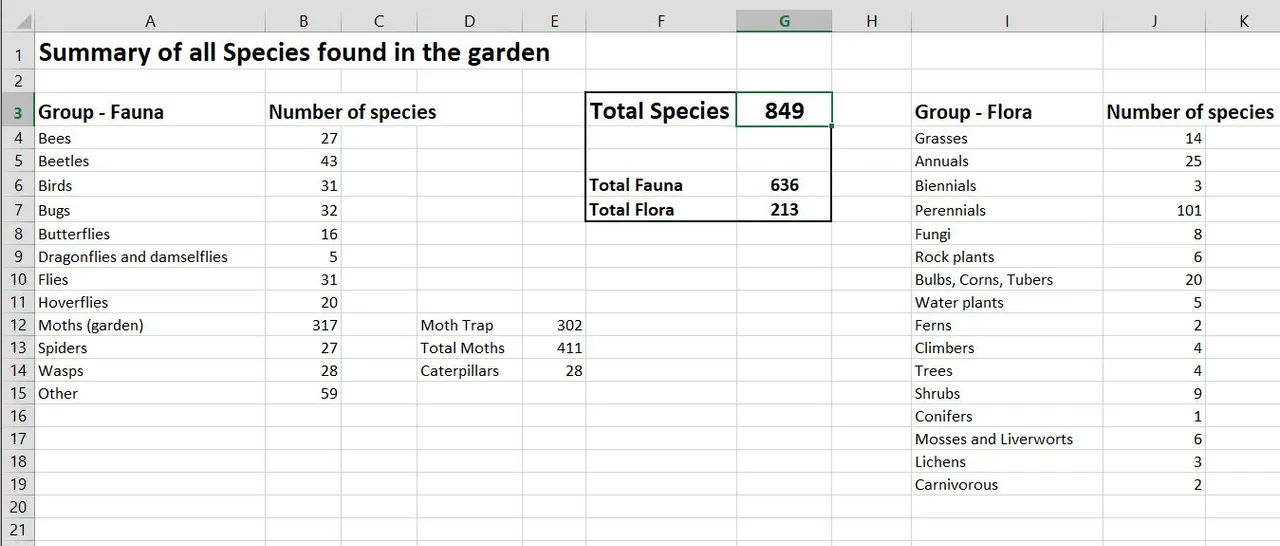
I have written about creating a List of Species in a previous post, but I thought it would be worth the effort to go through it properly and show just how much variety of invertebrates and birds and plants and all sorts of other animals there are to see in the garden.
A few points before we begin:
- I only include species to the list that I am sure of (or had verification from an expert)
- Not all 800 odd species are present in the garden at any one time (obviously) The vast majority are only present for a short amount of time, or even just briefly passing through the area.
- My work (project, hobby, whatever you want to call it) is inspired by a book written by Jennifer Owen Wildlife of a Garden: A Thirty Year Study. The book tells how she spent all her spare time in her garden documenting everything she could see.
Part 1 - Bees and Beetles
Part 2 - Birds and Bugs
Part 3 - Butterflies and Dragonflies
Introduction done: lets get to it!
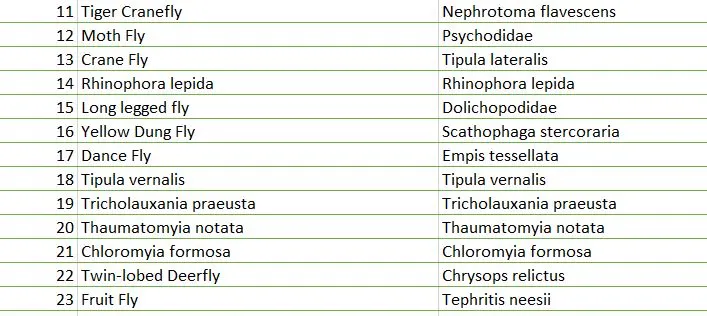
Flies (Diptera) - 31 Species
Welcome!
Today we are gonna talk about flies. Not many people talk about flies really. Lots of people love Butterflies, and others love Bees. Many people talk about Wasps, although often they don't say nice things about them. Shame really, as they are an awesome group of insects.
But not many people talk about flies. Flies (from the order Diptera) are a large and very successful group of insects, and can be found in pretty much any habitat (except solid ice of course).
True flies are insects of the order Diptera, the name being derived from the Greek δι- di- "two", and πτερόν pteron "wing". Insects of this order use only a single pair of wings to fly, the hindwings having evolved into advanced mechanosensory organs known as halteres, which act as high-speed sensors of rotational movement and allow dipterans to perform advanced aerobatics - - - Wikipedia Source
You can see one of the Haltares in the image below

Hoverfly - Sphaerophoria sp showing the Haltare (small yellow shape in the box)
All insects have 2 pairs of wings. Flies (Diptera - '2 Wings') only have 1 pair of wings, the second pair have been lost due to evolution. This fact means that instead of being annoying little buzzing things, Flies are actually some of the most physically evolved of all the insects. Fancy that!
Lets look at some of the huge variety of flies I have seen in the garden:
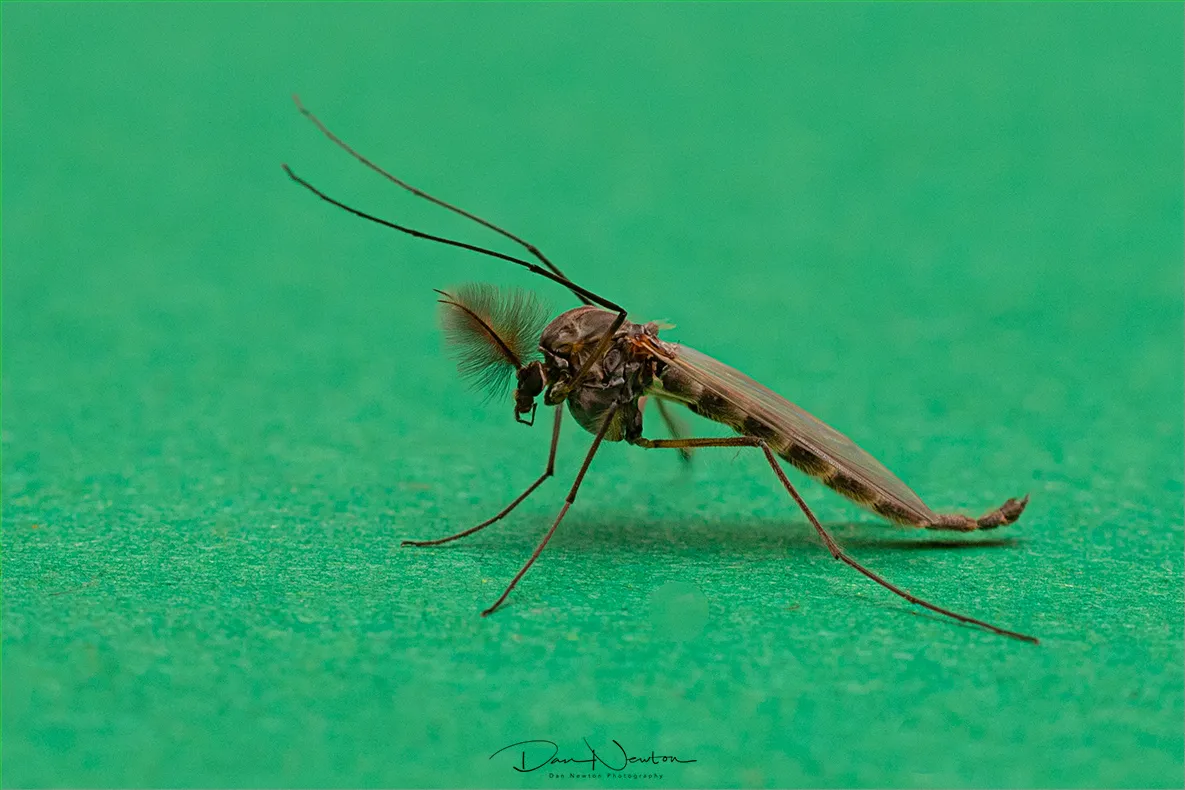
Large Chironomid Midge - Chironomus plumosus
This is one of the midge species... this group often gets a bad rep for biting people, but not all of them do, and in fact, this species doesn't. Those hairy antennae show that this particular individual is a male. The plumed antennae (note the Latin name C. plumosus) are used to smell if there are females nearby
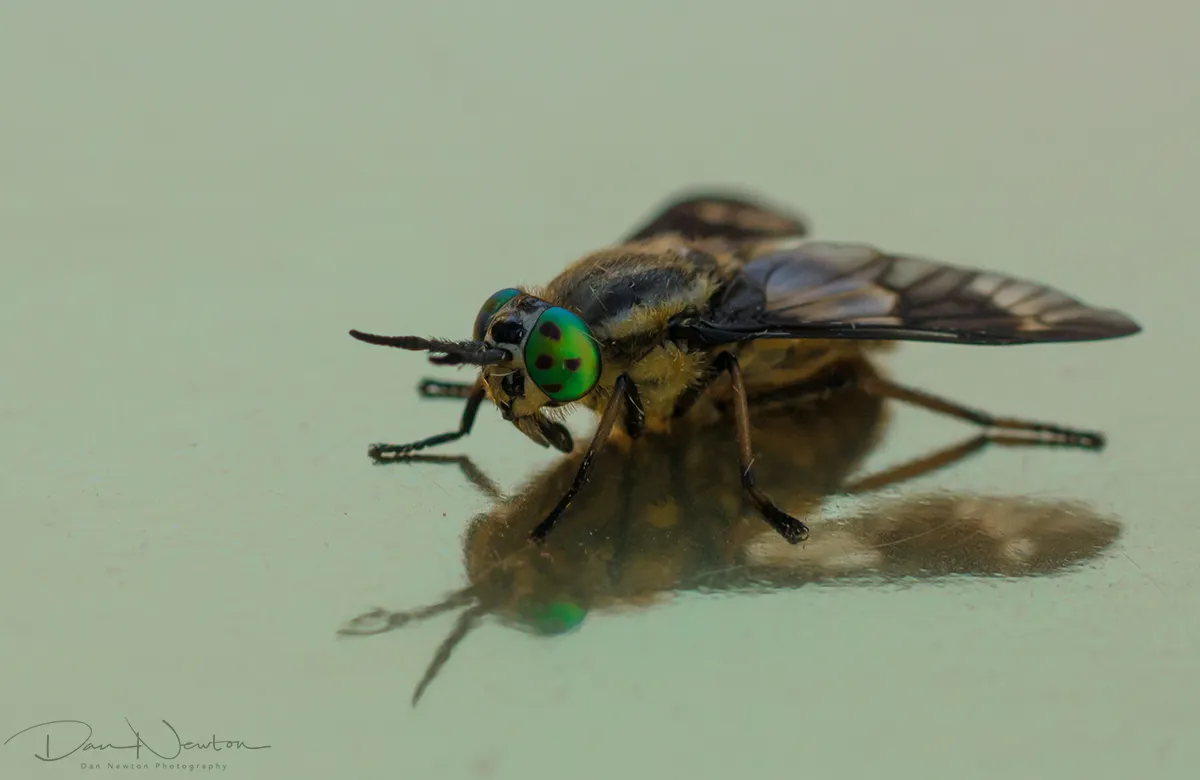
Twin-lobed Deerfly - Chrysops relictus
These are funky looking flies with those fantastic eye markings. They are related to the Horseflies, who also have multicoloured eye patterns. Unfortunately they share the same habit of biting people. They are usually seen near large mammals (hence the Horse- and Deer- parts of the name) and they feed on the blood.
Actually that isn't quite correct; only the females of the biting flies feed on the blood, as they need it for the protein to make their eggs (and thus the next generation).
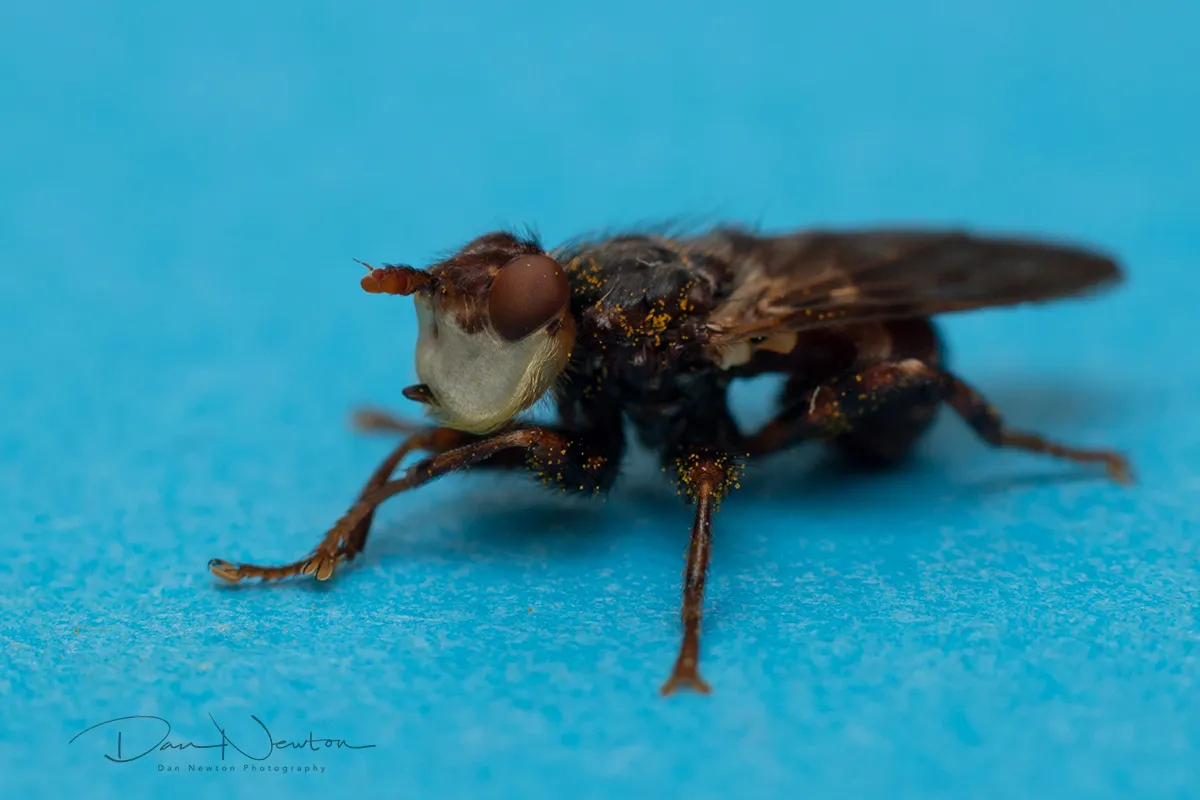
Conopsid Fly - Myopa testacea
This bizarre looking fly is a Conopsid fly. These are parasites of the Aculeata group of insects which include Bees and the Social Wasps. Adult females aggressively intercept their hosts in flight to deposit eggs inside the unsuspecting Bee or Wasp, the resulting larva will literally eat the host insect from the inside out.
The life cycle might sound a bit gruesome, but they are a very interesting group of insects. Very little is known about their life cycles, and much more research is needed to understand the relationship with their host species
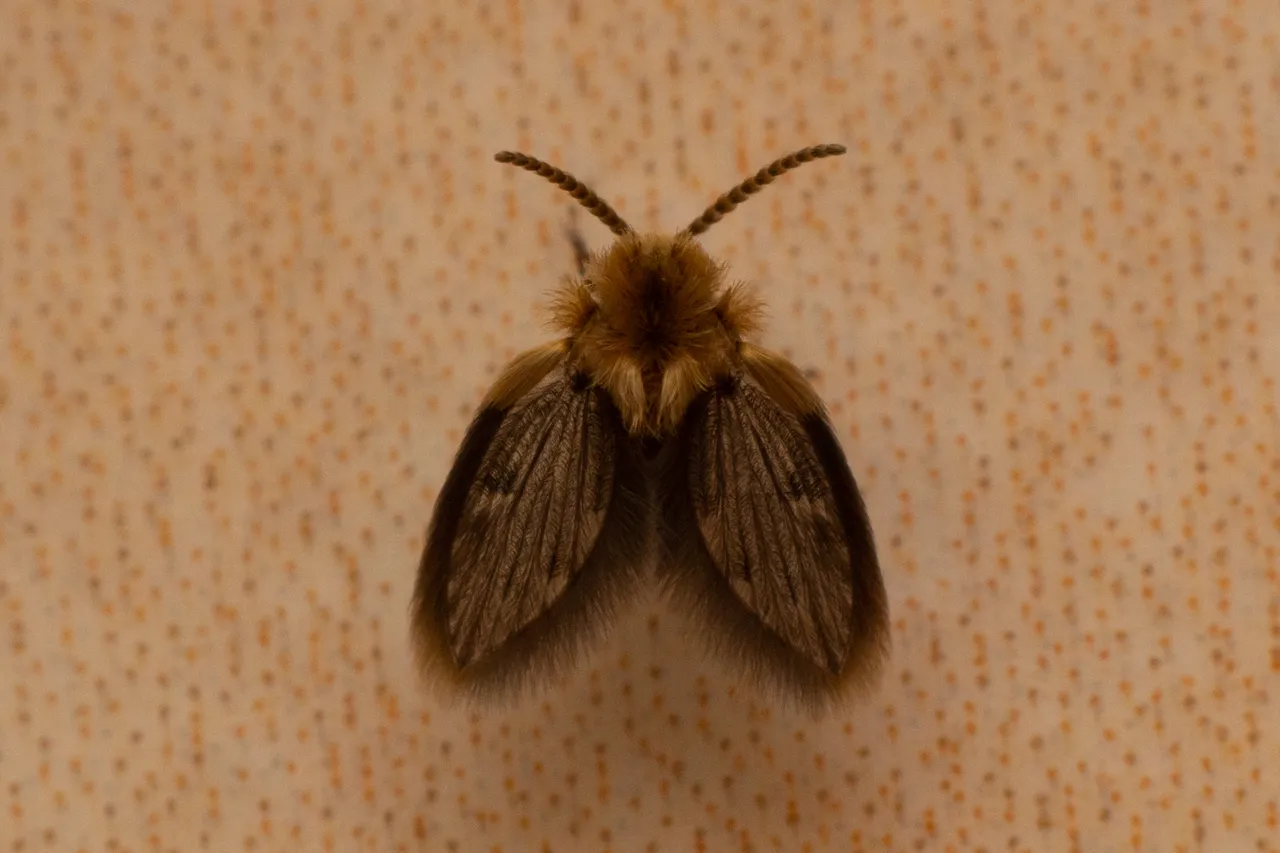
Moth Fly species - Psychodidae
These tiny little insects look like tiny little moths, but they are in fact flies, hence one of their common names. Other names include Owl-midge or Drain-flies and the later makes sense, as they are usually found near damp places such as Drains and Ditches and other boggy places. They feed on detritus (small bits of decaying matter) and therefore have an important, if rarely acknowledge place in the ecosystem.
A nice selection of flies there, now we will move onto to a specific group of them: the Syrphidae
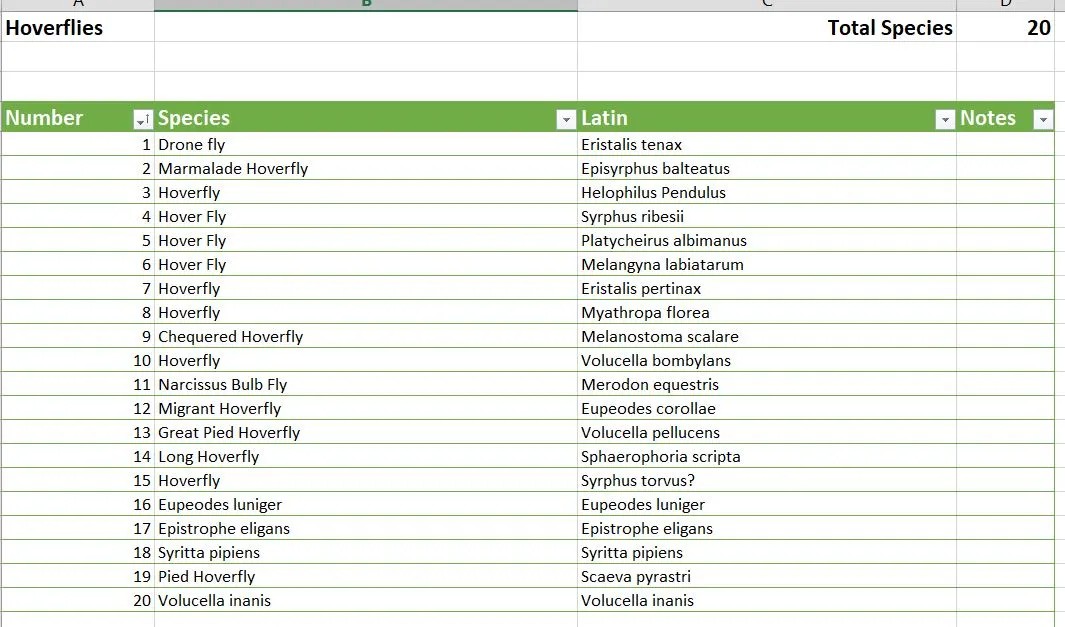
Hoverflies (Syrphridae, part of the Diptera Order) - 20 Species
This family features the Hoverflies (or Flower-flies). Most names are apt, they have a tendency to hover, and they are often seen feeding on various flowers.
They often have bright yellow and black markings, which makes some people worry if they are 'dangerous'. However it is used by the Hoverflie to copy other species such as wasps. This is an example of Batesian Mimicry.
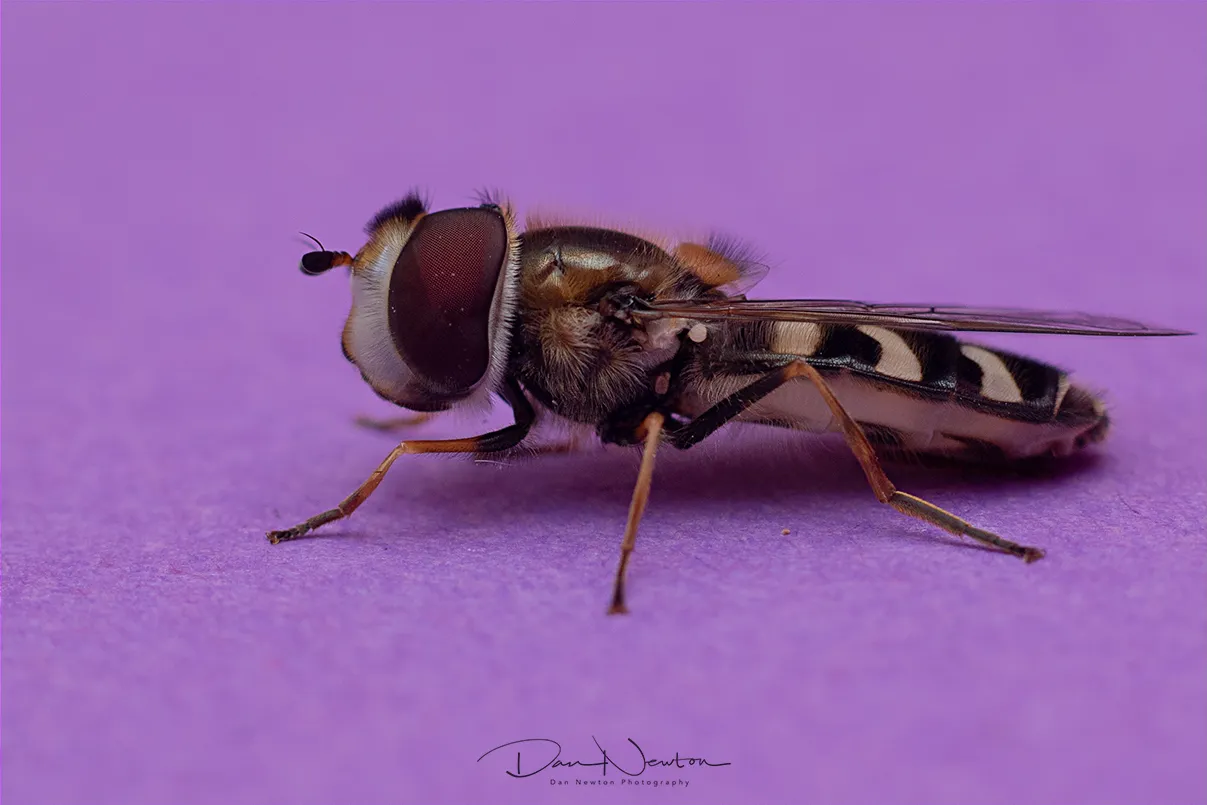
Hoverfly Scaeva pyrastri
This is quite a common species seen in the garden. If you look closely where the wing connects to the body, you can see a small yellow circle, this is the Haltare I mentioned earlier, and is the reason why flies are such amazing and acrobatic fliers
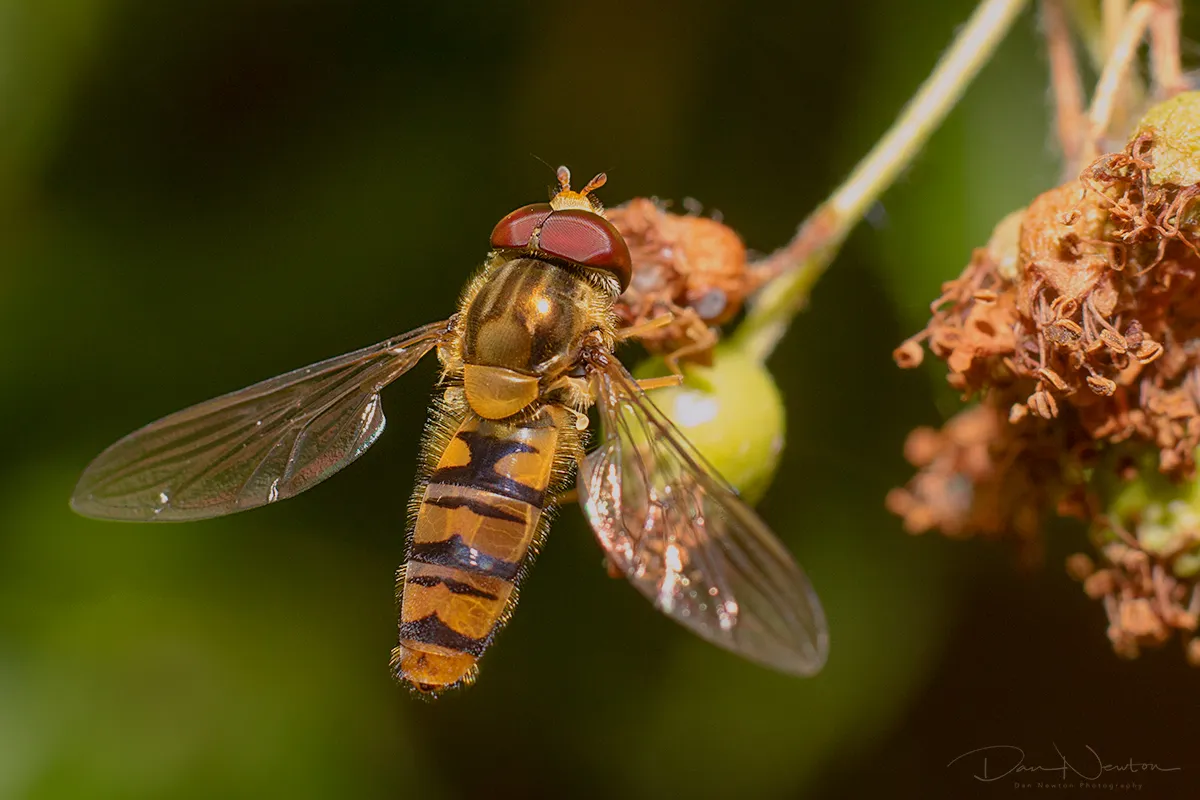
Marmalade Hoverfly - Episyrphus balteatus
And this species is probably the commonest hoverfly seen in the UK. They are widespread across the country, and in summer the numbers are boosted by migrants from Europe... when they appear they can be seen in huge numbers.
On that note I will finish this instalment. I don't want to over do it (or bore you to death!) so I will save the rest for another time
Hopefully you can see that this is a project that I am really interested in. As usual if you have any comments or questions then please write them below
Next week I will continue with the different species of Moths seen. There are A LOT of moths to talk about ;-) ...
All names confirmed and checked via Wikispieces

If you have any thoughts or opionions on this article then I'd love to see your comments.
And if you really like the content then maybe you would like to upvote or re-hive it.

Check out my website for more of my work.
Facebook - Instagram - 500px - Redbubble
